Submitted by Berrin Chatzi Chousein
Aggregation
Turkey Architecture News - Dec 22, 2014 - 21:52 15645 views
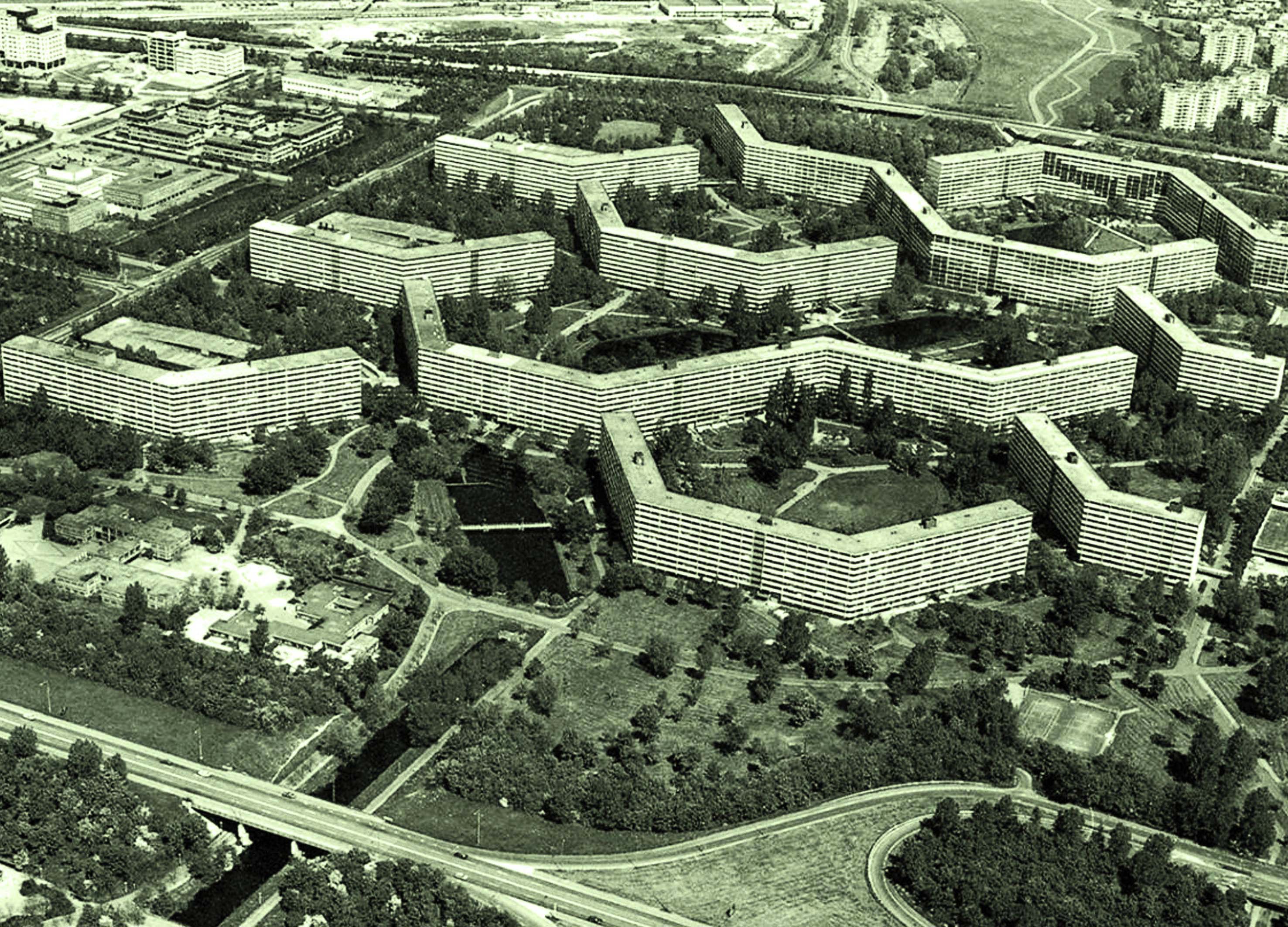
text by Berrin Chatzi Chousein,editor-in-chief,WA
Architecture is the key element to shape the city and its own context, not within a certain wireframe but in a broader sense; at least it should be. If we start to talk about architecture, we can not only or should not talk about its physical conditions that are created by an architect also we should talk social, psychological, cultural philosophical situations covering the success of design decisions because all these situations are related to user life, experience and pleasure. Recently, the processes of architectural design have been changing to a large extent and architects are much more interested in user experience through digital environment and they may take into consideration human behaviors or actions through design interfaces so it can result in true sociological or methodological approaches and it causes to tackle or resolve the whole problem (if there is a problem) in a broader context because the architect has some foresights about the future of design or the city. However, is solving a problem or fulfilling the requirements to a successful design worth it or enough for humankind, society and public needs? and let’s ask this question in another way: even if all the needs/requirements of the society are provided, is this a measure of successful design? there can be several answers of this question but when we think about ‘’legality’’(the term used here: everything designed according to some specifications defined by government or a person) in an urban scale, it can resurrect larger problems that the city never encountered before.
Architecture and urbanism are definitely inseparable notions to have healthier cities and lives. The most important factor here is that how do we link these two terms in terms of both physically and socially. Undoubtedly, the norms, codes or principles of architecture have a direct impact on an urbanism and seemingly architect’s tiny but ‘’legal’’ decisions clustered indispensably may procreate serious, pathetic transformation problems and these urban transformations do not only devastate the city but also can terminate the quality of life or even cause immigration. So, it is quite important how to set your architectural decisions, rules or codes in an urban scale which will be able to decide people’s quality of life. To be more comprehensible, examining the issue over more concrete examples in the history and problematic housing development in Turkey will be more explanatory for urbanists, architects, designers and readers because these two housing models have homogeneous analogies to understand the disruptive effects of urban transformations for the future generations. The Bijlmermeer was the new housing development starting in the late 1960’s in Amsterdam; the idea was very pure and designed as very-functional and green typology in which everything was referring the ‘’legal’’ action to construct more flats to people. In a similar manner, TOKI, Turkish Housing Development Administration in Turkey, focuses on governmental social housing projects providing smallest, functional and cheap apartments for people. These two cases are so legal actions that no one controlled the design processes of these housing patterns and based on two situations, the text will reinterrogate the ‘’legal’’ actions where turn into ‘’illegal’’ situations for urban disasters physically and socially.

The Bijlmer years 60/70. Photo: Department urban Amsterdam illustration source:erfgoedstem.nl
The Bijlmermeer
In the late 1960’s,Biljmermeer was a large-scale utopian model that was believed this mass housing will meet the society needs after a great housing shortage in Amsterdam.The philosophy of design of Bijlmermeer flats were very simple:it should have been modern but functional and living,work,recreation and transportation should have been separated from each other and that was directly referring to the Swiss architect Le Corbusier ‘s urban design approach.All these repetitive,cloying monoblocks were designed for low-income families and was the unique experiment in an urban scale.According to the some specifications, there was no need to control or interfere in design principles by the government and everything was going on perfect on paper because shopping malls, green areas, parks, recreation,small gardens,schools were served well for the community that wants to live in this unique city.In fact,at this stage, all codes of this unique design was seeming ‘’legal’’, that is, this was already a big jump for just a lower-class community but who would guess this aggregation will turn into a big urban catastrophic disaster and fearful island for Netherlands?
Although the design of Bijlmermeer has been developed for a middle-class community at a later stage, the first residents and majority of this six-floor apartments were immigrants placed by the Dutch government.The rate of crime, rape, drug and unemployment increased to a large extent in this privileged city and Bijlmermeer’s futuristic lifestyle had gained a bad reputation and finally encountered serious security problems for this isolated, introverted island.
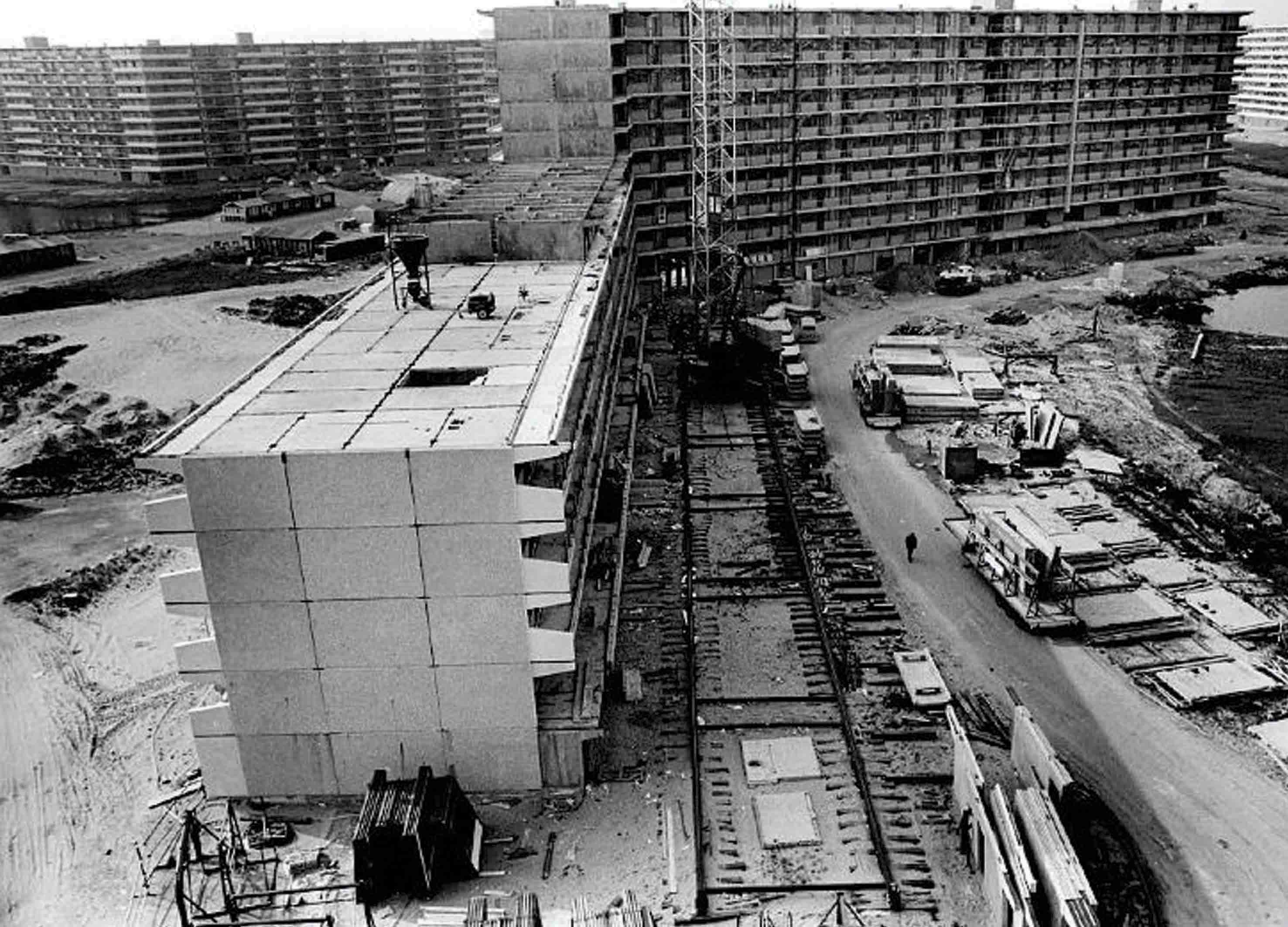
Bijlmermeer 1970. Photo:Pieter Boersma;illustration source:pieterboersmaphotography.com
When we talk about urbanism and urban transformations, no one can reject the basic codes of architecture itself because the context of architecture in order to survive for the future will trigger the success or failure of urbanism as well. In our globalised world, new terminologies, discourses come out fostering and changing the internal dynamics of urban transformations which affect the quality of life. Prof. Frans Vogelaar,is one of the founders of the Hybrid Space Lab, epitomizes Future Urbanism approach in his interview by focusing on hybridity of urbanism and emphasizing cultural hierarchies for dynamic development of urban transformations in Bijlmermeer, designing very rigid but introverted repetitive patterns serving the needs of society is showing the major problem of urbanistic approach as a consequence of a basic design failure even if all of design criterias seem to be the measure of ‘’legality’’(as physical) and this huge urban mass housing transformed to another ‘’illegal’’ envisioned construction to the rest of community and city. So, while designing a single unit in architecture, it needs to follow new strategies or methods to perpetuate the whole community networks in their new spatial design environments for multicultural and social developments so then you can not ignore the rest of community because this small group living in one part of the city also cares about the rest of community that need to be interacted and networked.

Bijlmermeer 1970. Photo:Pieter Boersma illustration source:pieterboersmaphotography.com
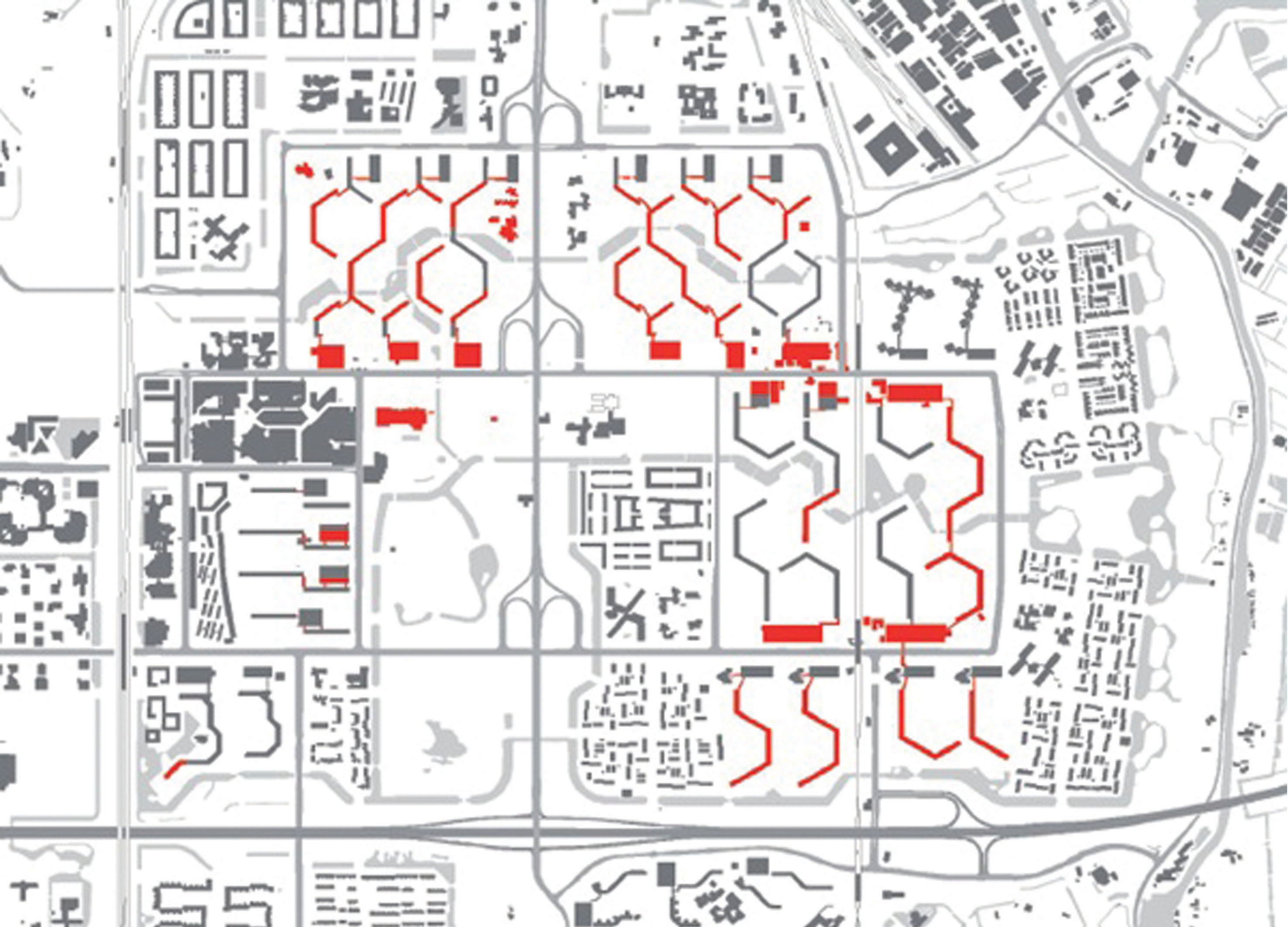
a) In red the galleries-shaped honeycomb blocks which dominated the original layout.Source:Projectbureau Vernieuwing Bijlmermeer (2008).

b)Many of the honeycomb blocks are demolished and replaced by low-rise buildings. In green all the construc -ted buildings between 1992 and 2010.Source:Vernieuwing Bijlmermeer (2008).
Based upon this holistic approach, the Bijlmermeer has now been remembered in collective memory as a failure of urban design transformation but at the same time a success of urbanism history in the sense of evaluating the design challenges surrounding the whole city in an ‘’illegal’’ way. What's underlying failure of Bijlmermeer is the design assets about the social context of people and there were only set up for one part of the community and it was not referring to the complexity of spatial dynamics of itself and networks so it has not interacted to the other communities and the city as well. In the graphics above, the new regeneration progress has been developed between the years 1998 and 2010 which was a community-based approach to enhance multicultural activities and to break the appearance of uniformity in an urban mass but the problems of Bijlmermeer in heroic scale have never been fully solved only the crime rate has been declined.
TOKI
TOKI,The Housing Development Administration of Turkey,was founded in 1984 producing several governmental social housing projects for low-income communities. Until now, TOKI has developed 800 towns in 81 cities with other various social facilities. TOKI undertakes a significant role in Turkey as related to the urban transformations and its numbers have been increasing to a great extent, which changes the city of appearance eerily and in an uncontrollable way. The philosophy of producing social housing of TOKI actually is the same with Bijlmermeer; TOKI focuses on low-income families also creates functional houses but very small flats with its social facilities by creating a suburb in the very outskirts of city.
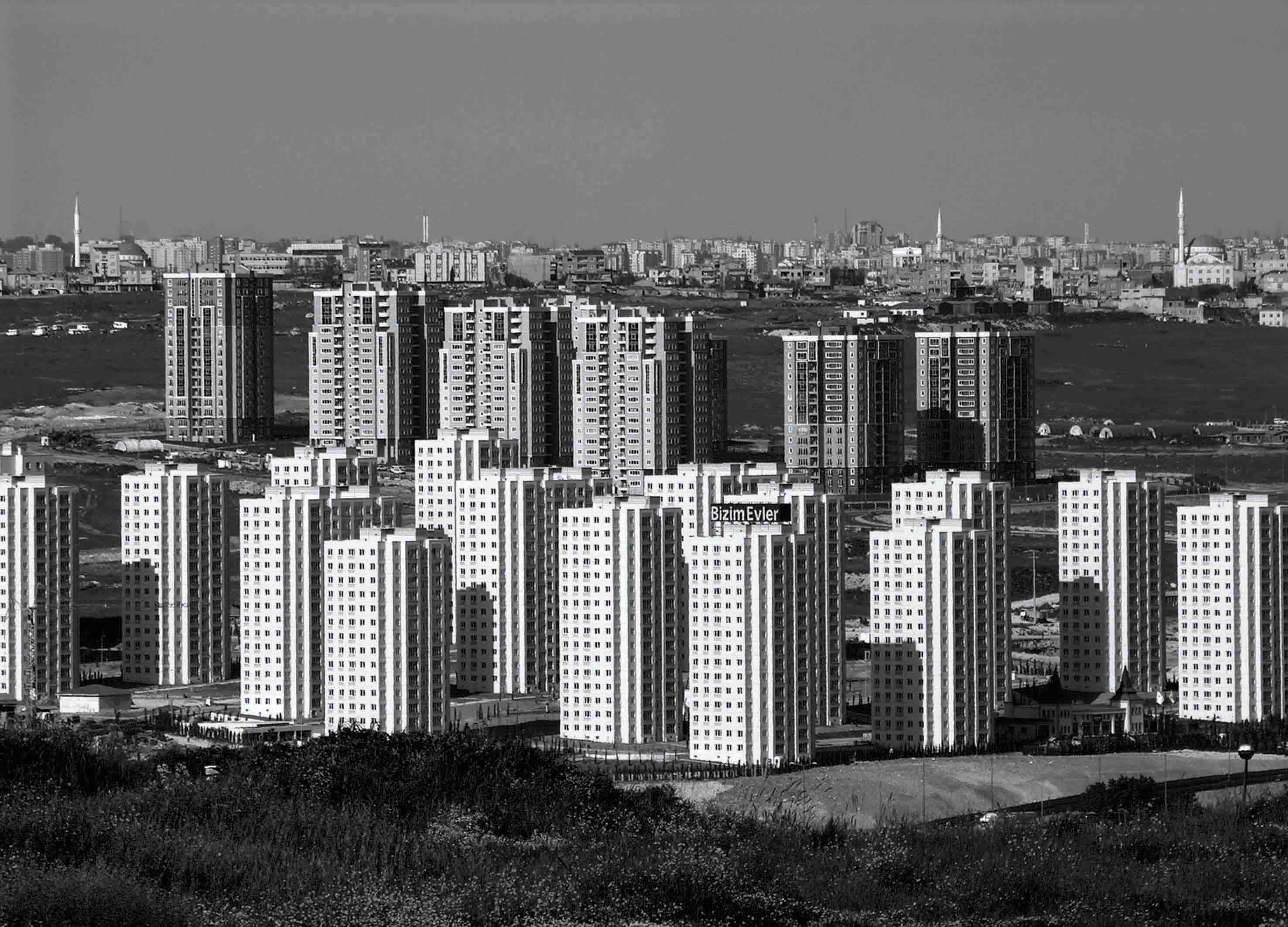
’’Bizimevler’’ located in the district Bahçesehir by Toki illustration source:fragmentpolis.blogspot.com.tr
The suburb issue has always been a major problem for city dwellers who are definitely marginalized by some authorities.In TOKI example, in order to reinterrogate the term of ‘’legality’’, it is better to understand government’s action and enforcement as related to why the government is not producing ‘’notional’’, ‘’architectural’’ projects or why it is not controlling the TOKI in the process of development but the most important factor here is that the government can not control TOKI directly referring to the ‘’illegal’’(as an utopian, destroying meaning) transformations; TOKI just designs cheap apartments and finishes them in its own scope. Solving many people’s resident problem can not only be the goal of some authorities even,if it is, the way of defining spaces should be considered as a serious design problem and handled by generating the overall approach;especially in an urban transformations. Like in the Bijlmermeer example, the problem of access to their jobs or to the city center in TOKI houses proves to be the worst example of creating healthier cities for communities. To be more specific, ‘’legalization’’ does not mean that each building designed or constructed according to the laws serving the benefits of residents will be evaluated within the scope of legitimate approach, if the design principles, norms, decisions affect the whole city, society, urban and fabric; who can talk about ‘’legality’’ in this sense? and who is the guilty for this urban massacre?
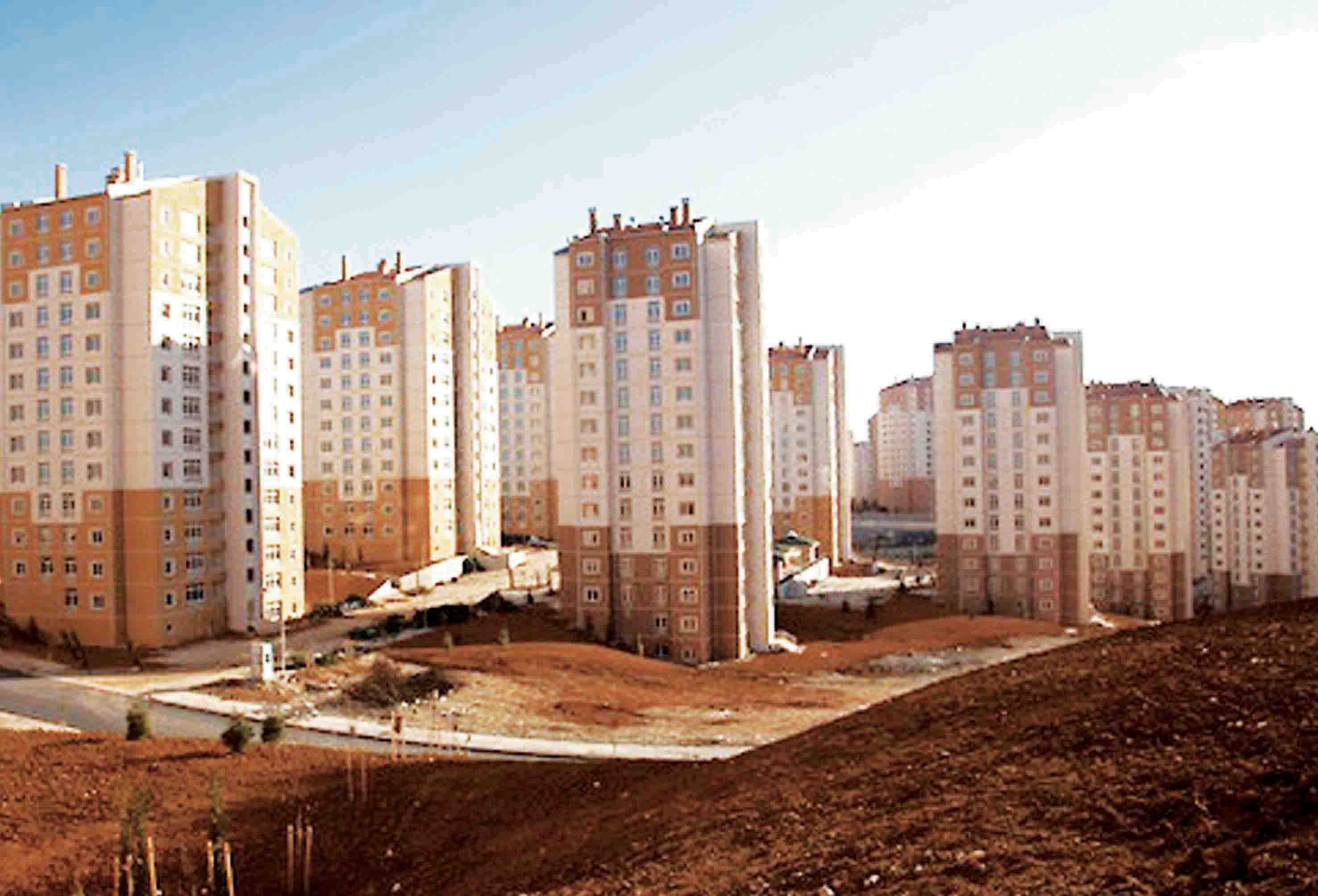
The view from Tarlabasi apartments -Photo by Johnathan Lewis illustration source:tarlabasiistanbul.com
One of the biggest transformations of TOKI is the Tarlabasi housing has been completed in 2011,which shows the worst representation of urbanization. The high rises and monotone blocks framing the city like a ‘’cardboard’’ literally have served as a new ghetto for the city dwellers because the transportation to the city center was a serious problem and with the relocation of people, the authorities did not offer any job to balance the modest income of the residents. David Smith, the founder of the Affordable Housing Institute, in his Tarlabasi research explains that “throughout the world, high rises that do nothing but concentrate poor people fail. They failed in the U.S., they failed in the U.K., they failed in Paris. Poor people are much more dependent on being connected with the street: They have flats over shops and workplaces, their kids need to be able to play.” He actually carries his discussion in a more global framework that is the real evidence of how these modest,cheap,tiny flats turn into illegal urban transformations at a later stage.On the other hand, the faith of TOKI resembles Bijlmermeer, in terms of not just physical renovation strategies also the rate of crimes because recently drug operations have been detected by the government and like in Bijlmermeer everything proceeds in the same way in this city.

Toki Dweller The Survival Manual for 1.Istanbul Design Biennial 2012-‘’Adhocracy’’ showing the most obvious character of Toki Housings;’’Repetitive Typology’’ Graphic by Bogachan Dundaralp illustration source:bogachandundaralp.wordpress.com/toki/

Toki Dweller The Survival Manual for 1.Istanbul Design Biennial 2012-‘’Adhocracy’’ showing the relocation process of Toki dwellers is the evidence that their homes are equivalent to Toki apartments Graphic by Bogachan Dundaralp illustration source:bogachandundaralp.wordpress.com/toki/
To sum up, designing ‘’one unit’’ in a more functional, modest and proper way does not solve society’s needs in long term or solving a design problem can not be an another approach which causes some catastrophic illegal actions in an urbanization manner. We have seen some inevitable results in two examples, each mass housing project designed according to the laws defined by authorities but just was focusing on one community issue and after all they created ghettos, suburbs drawing its own boundaries via lack of transportation, high crime rates and segregation and that was completely illustrating the illegality of mass housing urbanism. The another problem of these cities is directly related to the policies of the governments because authorities do not control these suburbs that is the measure of illegalization. The design issues in urbanism are approached through different mediums any more, in order to get healthier and livable cities, the design tasks of urbanism strategies began to be implemented radically. ’’Soft Urbanism’’ is one of them that propounds multicultural, social and new communication networks over computer-games and discovers multi-dimensional spatial design challenges.So, whatever the medium is used in architectural design, producing holistic decisions regarding the future of urban design issues in terms of multidimensional networks and interoperability should be the first set of rules need to be followed which does not transform the settlements to the illegal urbanizations.
